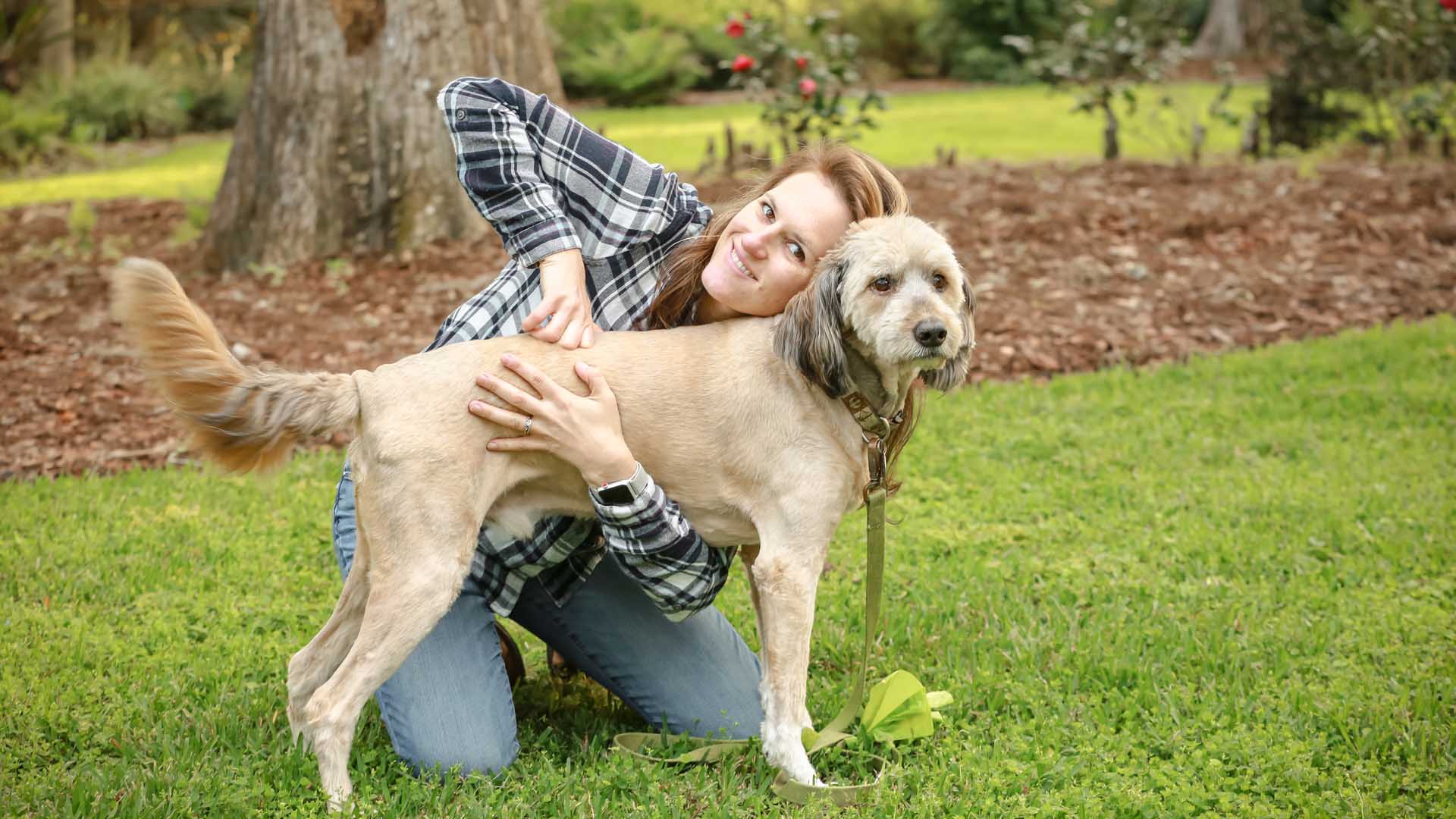Ah, dogs. They bring joy and laughter to our lives with their silly antics and boundless energy. But when they start limping or dragging their paws, it’s no laughing matter. Lameness in dogs can be caused by a wide range of issues, and it’s important to identify and address the problem as soon as possible to ensure your furry friend stays happy and healthy.
So, what could be causing Fido’s funny walk? Here are a few common causes of lameness in dogs:
- Arthritis: As dogs age, they may develop arthritis, a condition that causes inflammation and stiffness in the joints. This can lead to lameness, especially in larger breeds.
- Injuries: Accidents happen, and dogs are no exception. A fall, a collision with a car, or a run-in with a sharp object can all lead to injuries that cause lameness.
- Infections: Dogs can develop infections in their paws or other parts of their body that can lead to lameness. These infections may be caused by bacteria, fungi, or other pathogens.
- Subluxations: A subluxation is a misalignment in the spine that can cause a range of health problems in animals, including lameness. Subluxations can be caused by a variety of factors, including injuries, degenerative conditions, and poor posture.
- Degenerative conditions: Some dogs may develop degenerative conditions such as hip dysplasia or elbow dysplasia, which can cause lameness. These conditions are often hereditary and can be more common in certain breeds.
If your dog is showing signs of lameness, it’s important to consult with your veterinarian as soon as possible. They will be able to diagnose the cause of the lameness and recommend a treatment plan to get your dog back on all four paws again. In addition to traditional veterinary care, you may also want to consider consulting with a certified animal chiropractor. Chiropractic care can be a safe and effective way to alleviate pain and improve mobility in animals, and may be a useful addition to your dog’s treatment plan.
In the meantime, try to keep your dog as calm and quiet as possible, and avoid letting them jump or play too rough. With a little TLC and the right treatment, Fido will be back to their goofy self in no time!

